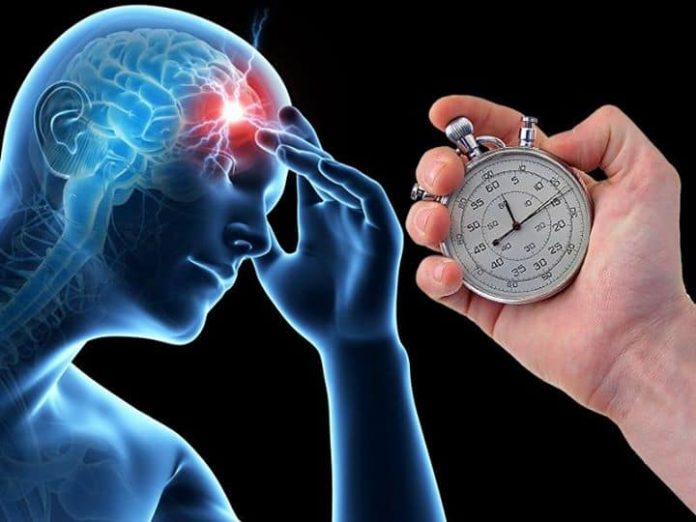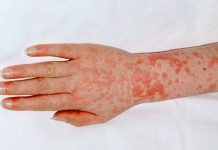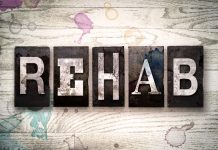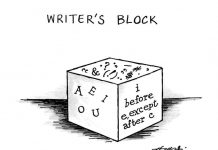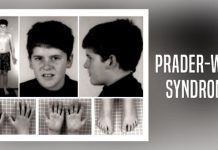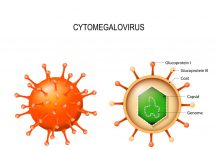When brain cells die the result is loss of function in the part of the body controlled by those brain cells. So if brain cells in the speech area are killed then the patient will have difficulty in speaking.
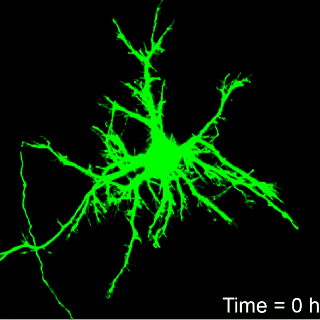
If the cells which control the muscles of the limbs die then the arms or legs will be affected. Because by and large one side of the brain controls one side of the body (usually the opposite side), the limbs on one side only are normally affected.
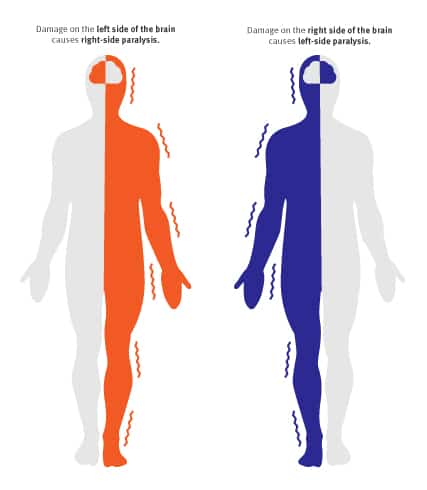
Strokes in the brain stem, situated at the base of the brain connecting it the spinal cord, will often bring about death since that area controls breathing and circulation.
Brain Cell Death
This occurs when the cells are starved of oxygen and/or glucose. Since these are supplied by the blood circulation to the brain any interruption to this will bring about cell damage and death.
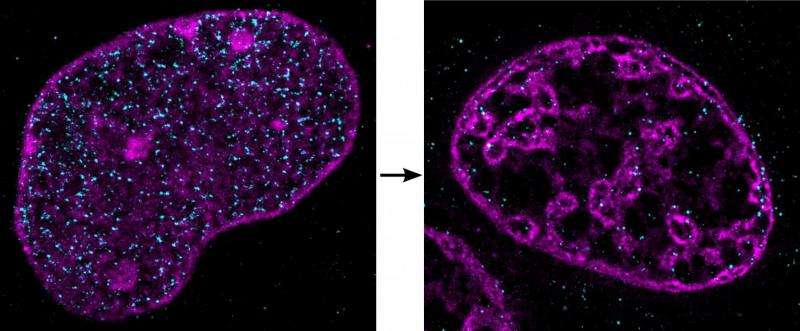
The most common cause is blockage in a blood vessel due to a blood clot – a thrombus – sometimes associated with a piece of fatty material that has come from an atherosclerotic blood vessel – one that has deposits of cholesterol on the inner wall.
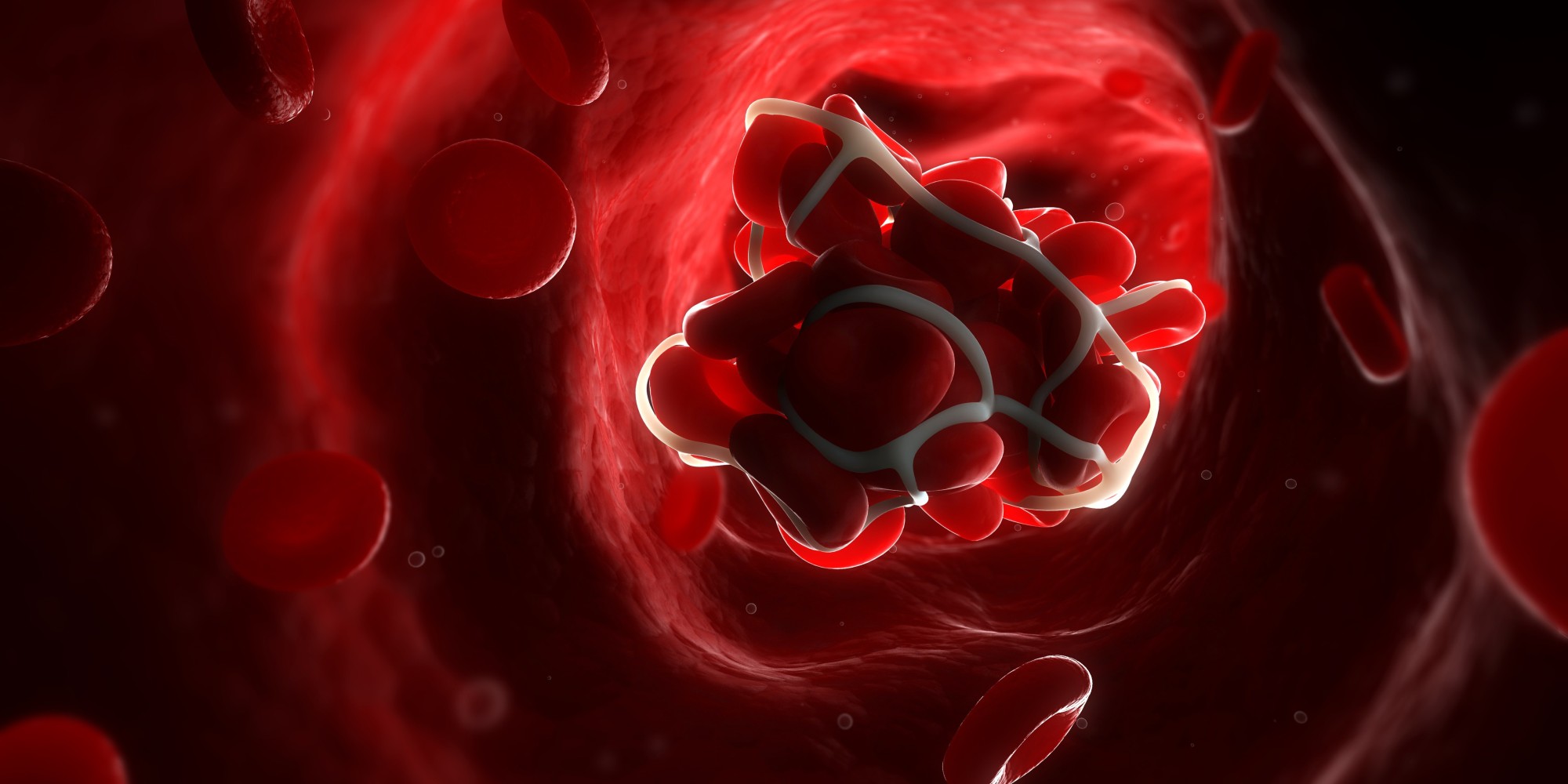
The other way is when a blood vessel in the brain ruptures; blood then leaks into the brain thereby reducing the flow to the cells. The usual causes of blood vessel rupture are trauma or malformed vessels; sometimes the haemorrhage occurs for no apparent reason.
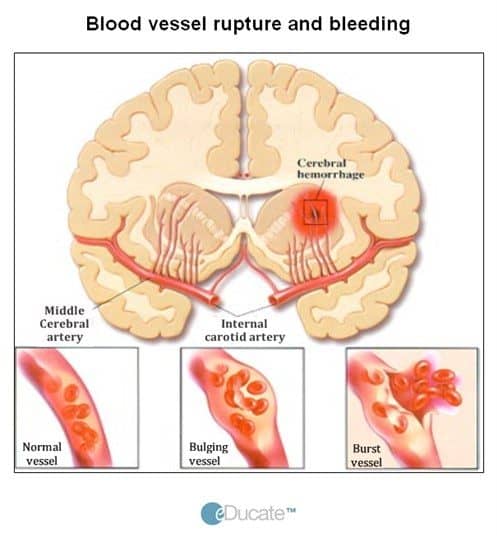
Outcomes are very variable ranging from no disability at all to death. In general strokes resulting from bleeding are more likely to end in severe disability or death.
Diseases Which Predispose Towards Stroke
- Atherosclerosis: the major risk factor. The build up of fatty deposits on the inner walls of arteries slows down blood flow and predisposes to clots.
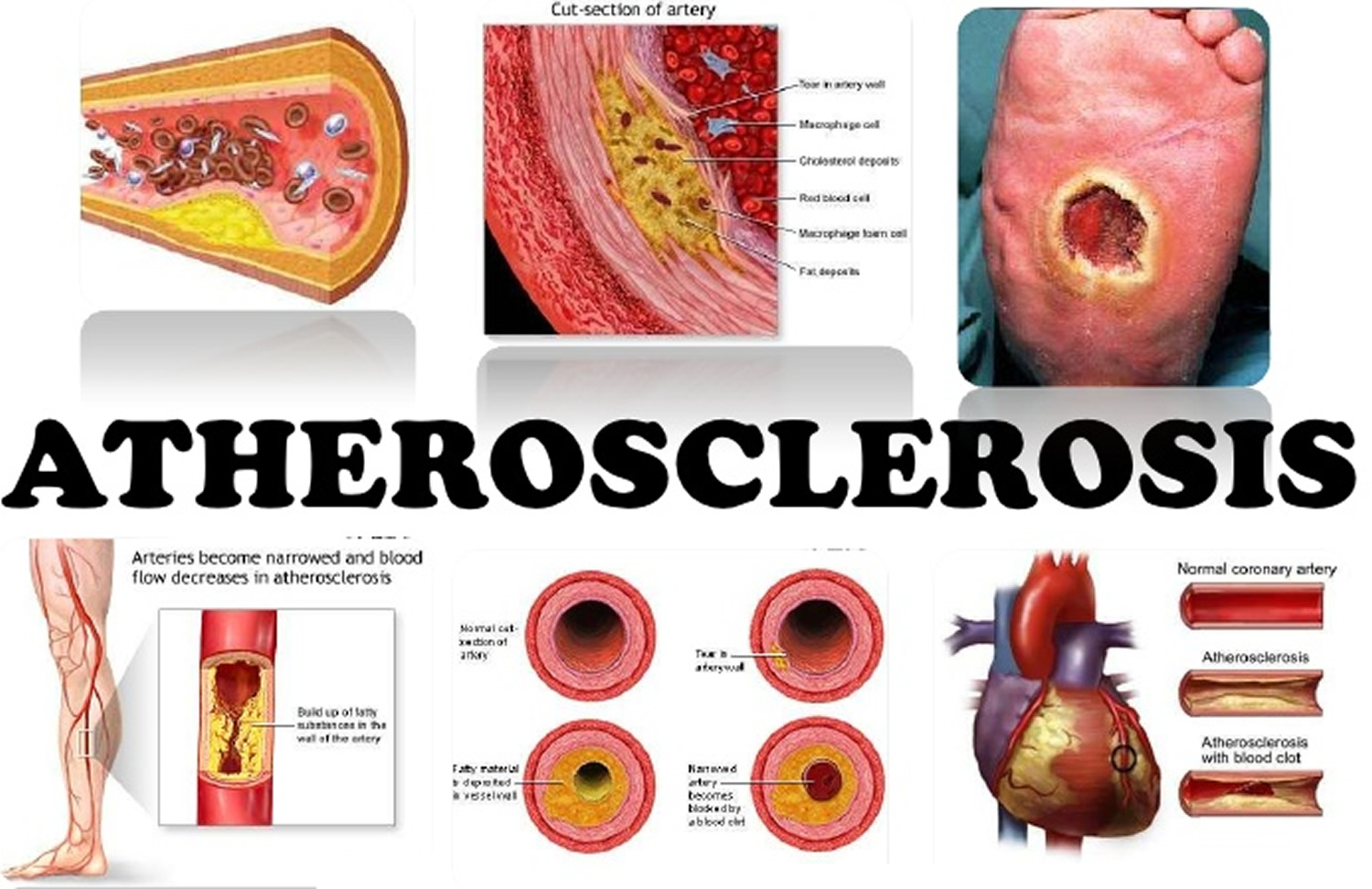
- High blood pressure: exacerbates atheroma formation and weakens blood vessels in certain places so is a risk factor for both vessel blockage and bleeding.
- Inflammatory disease: any disorder which produces inflammation within blood vessels can lead to clot formation, lupus for example. Infections can also increase the likelihood of blood clots forming.
- Diabetes: this is a risk factor for many aspects of blood vessel disease.
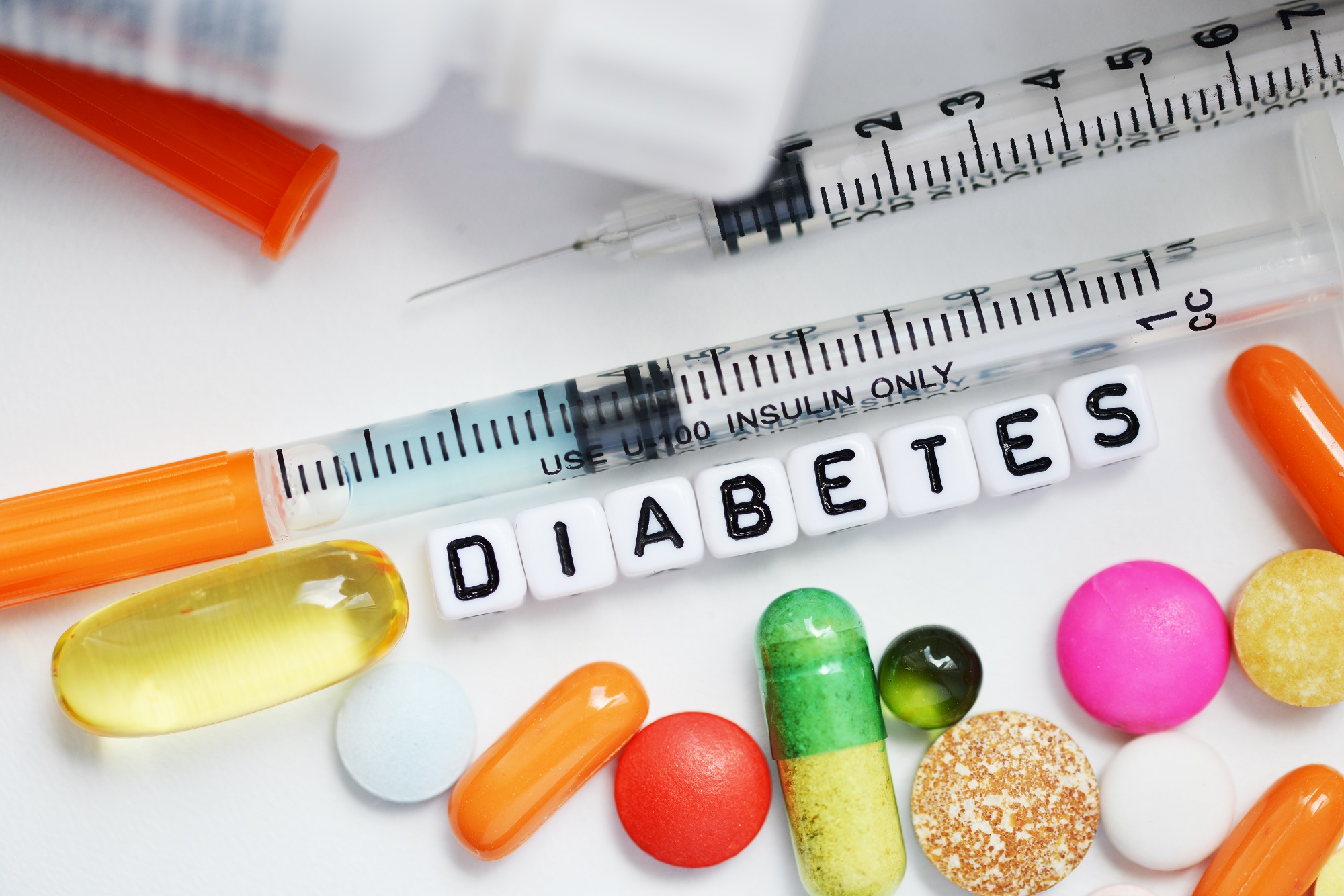
- Clotting dysfunction: any disease which interferes with clotting mechanisms. Lack of platelets or clotting factor deficiency can lead to haemorrhage. This also applies to anticoagulant therapy.
- Thrombosis: anything which encourages excessive blood clotting increases stroke risk.
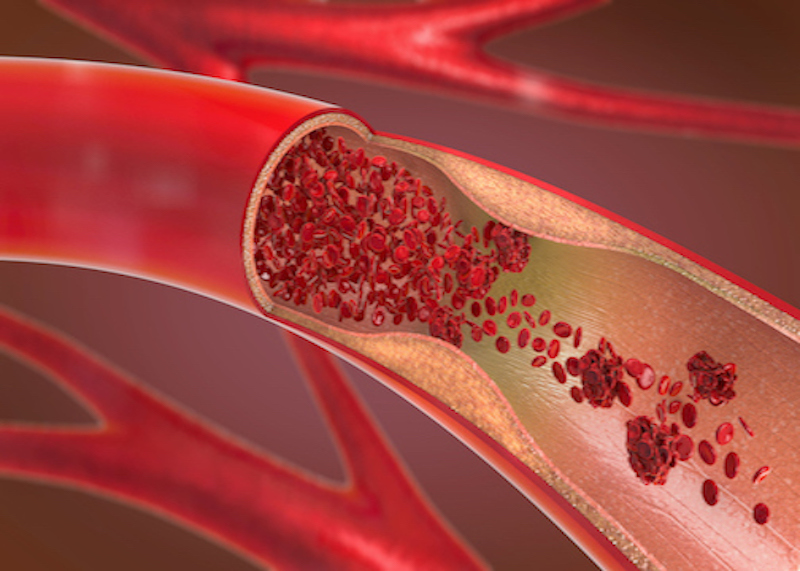
- Blood vessel abnormalities: aneurysms and arteriovenous malformations are the commonest of these.
Life-style Factors
Fortunately it’s possible to reduce predisposition towards stroke because the major risk diseases are avoidable by simple life-style adjustments. Quitting smoking, taking more exercise, alcohol in moderation, a healthy diet and adopting relaxation strategies will go a considerable way to reducing the risk of stroke.

This article is for information only. If you have any health concerns you should consult your doctor.


